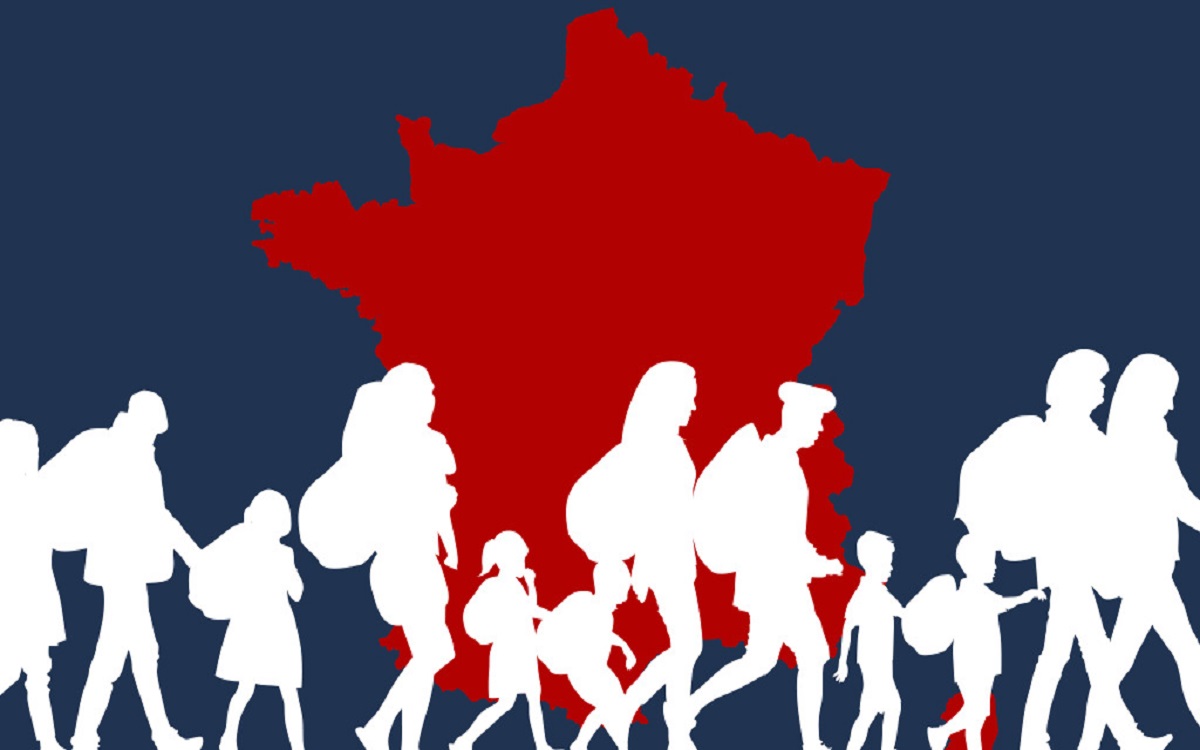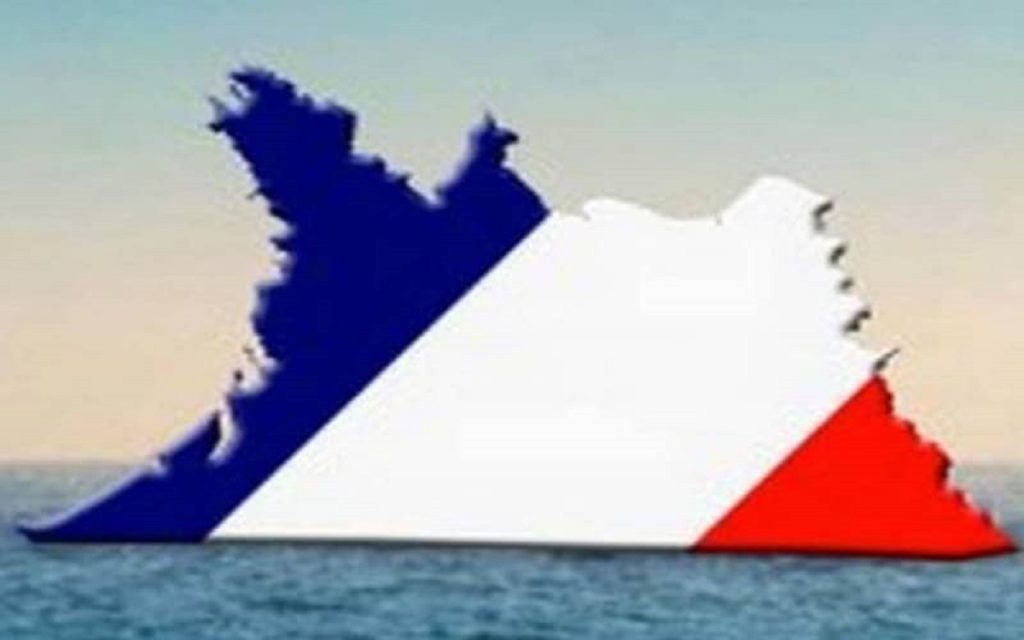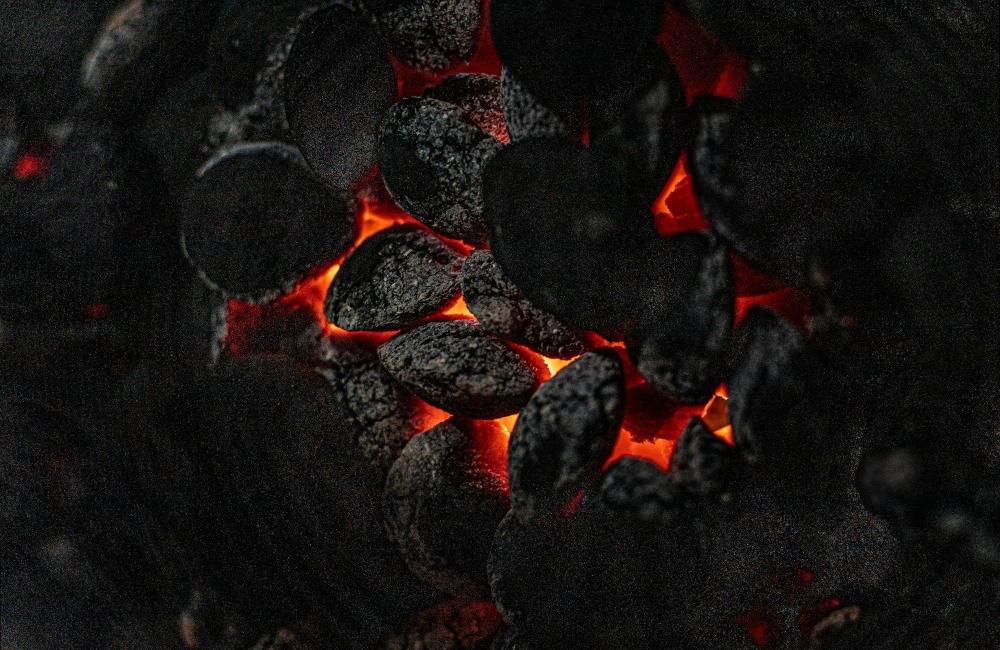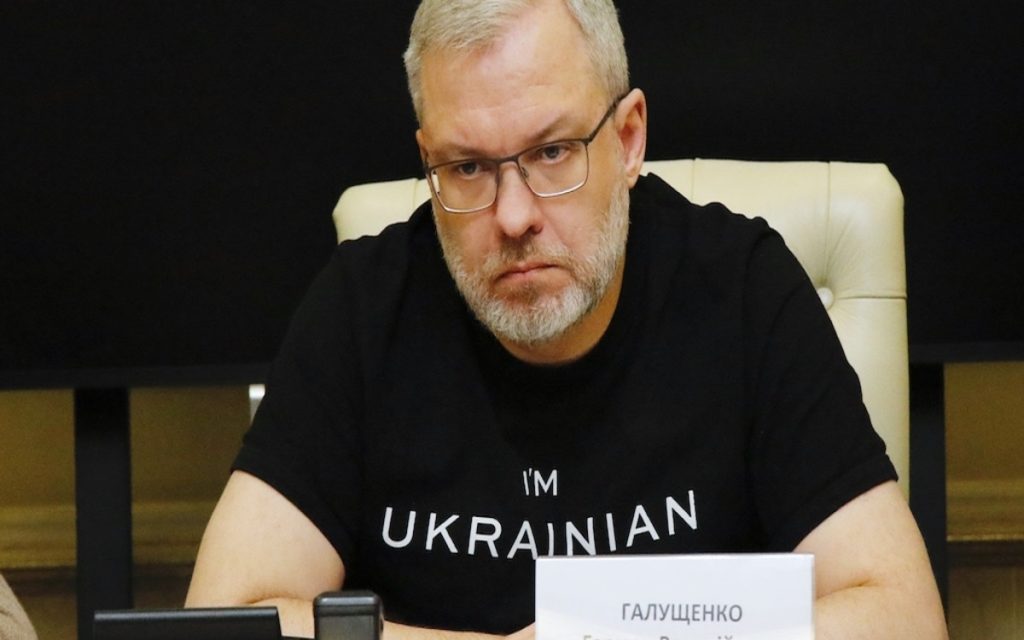A host country, long renowned as a sanctuary, France assimilated a great many migrants throughout the 19th and early 20th centuries. After the trauma and shock of the two World Wars and the collapse of its colonial empire, it subsequently welcomed other migrants, in ever-increasing numbers, initially from the former colonies, then from all over the world. From the 1970s onwards, these waves of migrants became contested, turning into a major subject in French political debate. Although defining itself as non-communitarian, the French Republic transformed into a layering of communities, sometimes hostile to one another, which the French state found itself unable to assimilate. The debate, although central, quickly became thorny, even taboo, to the point of prohibiting in France the publication of data on the communities and ethnicities living in France (1978). A look back at the reasons for a stinging failure from the historian’s perspective.
Imperial France, Beacon of Humanity. In the 19th century, bolstered by its historical past, a major world power, endowed with a respected military force, a war fleet within the closed circle of the greatest nations, and possessing, until 1940, one of the largest gold reserves in the world, France was an example. Relying on its demographic vitality and a scientific elite, it set the tone in fashion and artistic trends. A pioneer in many fields, benefiting from cutting-edge industry and an agriculture generating immense wealth, it shone on the world stage. Despite its defeats, those of the two Napoleonic empires, Paris was considered in 1900 to be the capital of the world. Its language and culture dominated the landscape, with French remaining the language of diplomacy until 1919. Crowned with its victory in the First World War, it was capable of assimilating very diverse populations. They came in great numbers from Poland, the Balkans, Russia, Italy, Spain, Portugal, and Armenia. In 1870, 1914, or 1939, men came from all over the world to enlist in the Foreign Legion and defend this “second homeland.” The debacle of 1940, the inglorious end of the colonial empire, the defeats in Indochina and Algeria were soon to change the situation.
The Painful Legacy of Colonization and the Maneuvers of “Big Capital”. After the loss of the richest French colony, Indochina, in an unpopular and distant war (1946-1955), followed by the loss of the departments defined as French in Algeria (1954-1962), France emerged stripped of an empire long since condemned. However, it could pride itself on an exceptional period of prosperity during the “Trente Glorieuses” (1945-1975). Faced with profound changes in French society and a “social” revolution (May 68), Gaullist France left a promising legacy, in a country seemingly destined to regain its place, or at least remain in the circle of “the Great Powers.” In reality, hit by the two oil shocks (1973 and 1979), a victim of the beginning of a crisis, it had the misfortune of seeing a succession of ill-advised political leaders, capitulating national sovereignty over time. To cope with a profound transformation of society, the death throes of industry, and the shift to a service economy, “Big Capital” had long since opened the country’s doors to migration (family reunification law, 1975). These migrants arrived in a context of an unprepared French public opinion, a situation of crisis and change, and a growing deterioration of public services. The poison of the Algerian War instilled a long-lasting resentment between the two peoples, while migrants from Algeria were for a long time the most numerous. The migrants, including the Pieds-Noirs, were poorly received, housed in ghettos, and compartmentalized within a torn French society. With extreme difficulty, the two worlds coexisted, soon besieged by electoral politics, becoming a political issue while remaining “sub-citizens.”
The Extinguishing of the French Beacon. In large cities, the reaction of Baby Boom parents was to place their offspring in private schools, the “downtown” high schools, obtaining exemptions if necessary. Faced with racism, and themselves generating a “reverse” racism, migrants did not benefit from social mobility, due to reflexes of “racial” preference, while the poorest populations, including natives, were themselves gradually abandoned. The constant and then accelerating influx soon brought migration that no longer necessarily came from the Francophone space of the former colonies. New communities clustered with the previous ones, some favored by the worrying expansion of the European Union (1995-2010). Coming from the Balkans, Kosovo, Albania, Romania, Turkey, Chechnya, and former Soviet bloc countries, the capitulations of the various regimes no longer offered a “beacon” model, but that of “voters,” “consumers,” or even “tenants.” Overwhelmed by events, the French state even abdicated its responsibilities, entrusting welcome and assimilation to associations or non-state structures. Migrants soon came from non-Francophone areas of Africa or the Middle East. The populations brought and implanted numerous foreign conflicts and hostilities onto French territory. Among the most significant: Chechnya-Russia, Kosovo/Albania-Yugoslavia-Serbia, Israel-Palestine, Turkey-Kurdistan. Although not a breeding ground for fanaticism, irresponsible Western policies, notably supporting terrorist organizations, even creating them (Iran granting asylum to Khomeini 1978-1979, support for the Taliban in Afghanistan, 1979-1989, importation of Islamists in Bosnia-Kosovo during the destruction of Yugoslavia-Serbia 1992-1995, 1999-2001, support for Islamists in Libya 2011-2012, or Syria 2011-2025, etc.), soon imported the “terrorist” and “Islamist” problem into France.
The Secular Offensive of the Deep State. In a “republican” space, migrant populations were soon disoriented and shocked, not to mention the native populations themselves, by increasingly violent attacks against the traditional and family model. The degradation began with a “sexual revolution” (1970s), becoming a sexist offensive attacking the pillars of religious faith, religions, but also the sexual life of the populations. It was exacerbated by the shock of AIDS (1980s), political campaigns leading to the conflict over “Marriage for All” (2012-2013), and a sexist battle imported from abroad via Gender Theory (born in the USA in the 1960s), or by the importation of FEMEN from Ukraine (2010-2014). Under the guise of freedom, the lethal LGBT ideology quickly became a battle horse, forced into society and hammered in by politicians. Already compartmentalized by social class, origin, education level, ethnic and religious communities, society was unable to assimilate the new arrivals. One of the main reasons was the beginning of a deconstruction of the national narrative, of national pride, and a policy of self-flagellation. The policy of repentance led to public government apologies, deeply divisive speeches on slavery, the slave trade, colonialism, and the smearing of some of the greatest figures in French history (even their disappearance from school curricula). Migrant populations, faced with this collapse of values and morality, and having no model or beacon showing the way, retreated into the Ghettos that had been planned for them in the 1960s. Due to pauperization and the collapse of the state’s capacity in terms of security, facing a French flag considered “fascist” or despicable, the French and migrants could only come together on tenuous and occasional events, notably around the national football team (1998-2002, 2016-2018).
A Ship Without a Rudder. In a country producing less and less, hit by significant unemployment, having completely capitulated its sovereignty (Euro 1999-2002, return to NATO’s unified command 2007), having abandoned the Third Way, the French way, impoverished and drained by the creation of a huge national debt, few migrants could honestly recognize themselves in the French model. In 2012, during the presidential election, the victory of François Hollande was greeted by hundreds of… foreign flags, in the famous images from Place Saint-Michel in Paris. Faced with a weak state and a dizzying loss of influence in the world, the massive waves of migrants could not gather around a strong, unifying model. The situation was aggravated by the destruction of various melting pots of the Nation, including universal conscription (2001). The country, moreover, did not have a tradition of ethnic assimilation. The process of the formation of French civilization took place in a restricted, coherent territory and within the Judeo-Christian model. This model having been challenged by the century of Revolutions (1783-1905), the capacities for assimilating eclectic populations rested only on the imposition by force of a new model: that of the New World Order. In this construct, the civilization of leisure replaced that of duties. The consumer supplanted the citizen, attacked by a cognitive and psychological war waged by the media, political power, and various lobbyings, often foreign or “xenomorphic.” The fall in the birth rate of native populations, inherent to this new societal model, in a country that had become profoundly unequal and was trampling on the very values of fraternity, also worsened the situation. In parallel, initiative, production, entrepreneurship, creation, and French genius became paralyzed. Into the very serious gaps created by the state rushed division, impoverishment, crime, insecurity, and bankruptcy, of which the state itself is the primary example, and not the least. French civilization, with its flag at half-mast, could no longer inspire dreams. No longer able to identify with a concrete model, reduced to that of the “global citizen,” “the European,” or “the happy owner of bank credits,” natives and migrants are now embarked on a ship without a rudder, whose shipwreck could ultimately be terrible.
Historically Speaking, Would Assimilation Have Been Possible? In theory, yes, several historical examples exist, more or less ancient. The first among them was the Roman model. The major difference is that the integration of populations occurred during the conquest of an empire. Having become immense, citizenship was granted to all inhabitants of the empire shortly after the year 200. The Roman Empire ultimately split into two entities, one destroyed by barbarian invasions (410-476), the other by an invasion (fall of Constantinople, 1453). The second example, which persists to this day but is attacked from the outside, is the Russian example. In a long process of forming national borders (850-1878), with the Soviet episode (1917-1992), Russia succeeded in forming a multi-ethnic Nation, bringing together nearly 200 peoples and cultures. However, this tour de force was made possible by territorial coherence, in a contiguous domain, and in a civilizational journey where Russia did not participate in the creation of a colonial empire. The third example is that of South and Central America. Founded on the basis of colonial empires (Portuguese and Spanish), which were forced to assimilate both natives and slaves, Nations were born from this ensemble. They then welcomed migrants essentially from the European continent. The last is the Anglo-Saxon model, particularly that of the USA. On similar bases, a multi-ethnic Nation was born, but with the notable difference of the quasi-total extermination of the indigenous populations. The territories were thenceforth emptied of their original populations, replaced by migrants from all over the world, up to the present day. Two other historical examples can also be cited, like the Mongol empire or the Ottoman empire, both now defunct.
In principle, France could have succeeded in this assimilation, in the unique case of a strong state, a brilliant and driving model for Humanity, which is no longer the case. It is also likely that this model was largely torpedoed by the implantation of that of Europeanism. In this construct, France finds itself drowned and tied up in a supranational formation, denying and eroding its very existence and history. Under these conditions, apart from migrants who will blend into this new model, the Communitarian Republic of France will remain the major obstacle to this integration. Finally, it is probable that the imposition of this new model of “consumer-citizens,” in a “New World Order,” and by its Anglo-Saxon nature, has led to a dangerous impasse where the destruction of Nations can only end with the destruction of the populations themselves. They are not truly destroyed, nor even replaced, but rather shaped according to this model, imposing a controlled, indebted, multicolored, asexual, and servile person. A kind of modern slavery, born from the observation of the failure of the totalitarian regimes of the 20th century, or the difficulty of manipulating… people in a democracy rooted in a culture, a civilization, and… a Nation.












